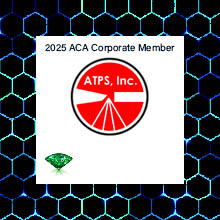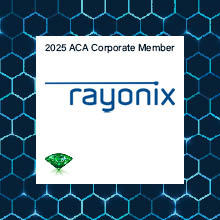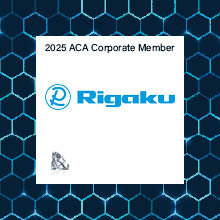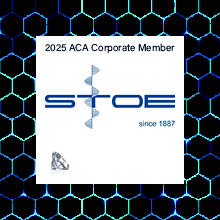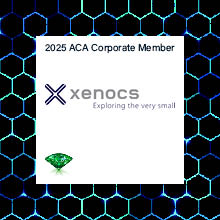- Home
- About ACA
- Publications & Resources
- Programs
- Annual Meeting
- Membership
- ACA History Center
- Media Archive
A.L. Patterson Award: Tamir Gonen (UCLA)
Tamir Gonen pioneered the development of the MicroED method that uses electron diffraction to determine atomic structures of proteins, peptides and small molecules from crystals of nanometer to micrometer size. Structure determination of many smaller proteins or peptides has been very difficult, as in some cases it can be difficult to form crystals of sufficient size for traditional X-ray crystallography, and these samples are too small for single particle cryo-EM. Different from crystals of inorganic materials that are radiation insensitive, determining structure of small 3D crystals of protein or peptides by electron diffraction has been extremely challenging. Limited by radiation damage, only single electron diffraction patterns typically could be recorded from a single crystal, making it impossible to index and merge the individual diffraction patterns together to generate a complete dataset to determine 3D data sets suitable for high-resolution structure determinations. Gonen overcame this classic limitation by collecting a series of diffraction patterns from a single crystal by tilting the specimen in a cryo-electron microscope and recording multiple patters per crystal using a very weak electron beam. In 2013, his lab published the first paper demonstrating the MicroED method. As a proof-of-principle, they successfully determined the first protein structure by electron diffraction of a 3D microcrystal by collecting complete electron diffraction datasets from lysozyme crystals one billionth the size traditionally used for X-ray crystallography. Later, they improved the method by rotating crystals continuously while collecting the electron diffraction data in movie mode. This “continuous rotation” mode of MicroED data collection has now become adopted as the preferred method for collecting complete electron diffraction data sets. They also demonstrated that dynamical scattering is not a major limiting factor, which traditionally was thought to be the major obstacle in using electron diffraction for atomic structure determination from any crystalline sample. Soon after these proof-of-principle experiments, in collaboration with David Eisenberg’s laboratory, they successfully determined the structure of the toxic core of α-synuclein from Parkinson’s disease. The toxic core of synuclein forms tiny needle shaped crystals that are too small to be visible by light microscope and are unable to generate diffraction patterns by synchrotron X-ray beams. These issues with the small crystals of the toxic core of α-synuclein hindered its structure determination for decades. Using MicroED, they determined structures of many different forms of synuclein fragments in very short period of time, each to atomic resolution. Extending from this early success, the method was used successfully to determine atomic structures of many small peptides, natural products, small molecules and membrane proteins. In 2018, Gonen demonstrated the use of MicroED in determining structures of small molecules directly from powders to atomic resolution. The method could deliver atomic resolution structures using raw powdered material in under 30 minutes without any prior knowledge of the content, and without the need for purification or crystallization screening. No other structural biology method can deliver atomic resolution structures directly from mixtures and without purification and crystallization efforts. For this demonstration the method was named one of the top ten breakthroughs by Science Magazine in 2018 and was featured by the director of the National Institutes of Health. More recently, Gonen developed methods for using MicroED to study samples of membrane proteins. Using a scanning electron microscope with a focused ion beam, Gonen showed that membrane protein crystals of any size can be processed to deliver atomic resolution structures using MicroED. Moreover, the structure of important surrounding lipids and key bound modulators can also be determined from these samples. Because of the versatility of the method and applications to forensics, chemistry, natural product research, materials science, and structural biology of proteins, MicroED is becoming widely used not only in academic institutions and laboratories worldwide, but also in the private sector, specifically in the pharmaceutical industry. Dr. Gonen has been actively promoting the use of MicroED worldwide and has organized several workshops both in person and virtually to educate and promote MicroED. In 2020 Gonen organized a virtual MicroED school where over 1000 attendees worldwide learned about MicroED data collection and processing methods.
|
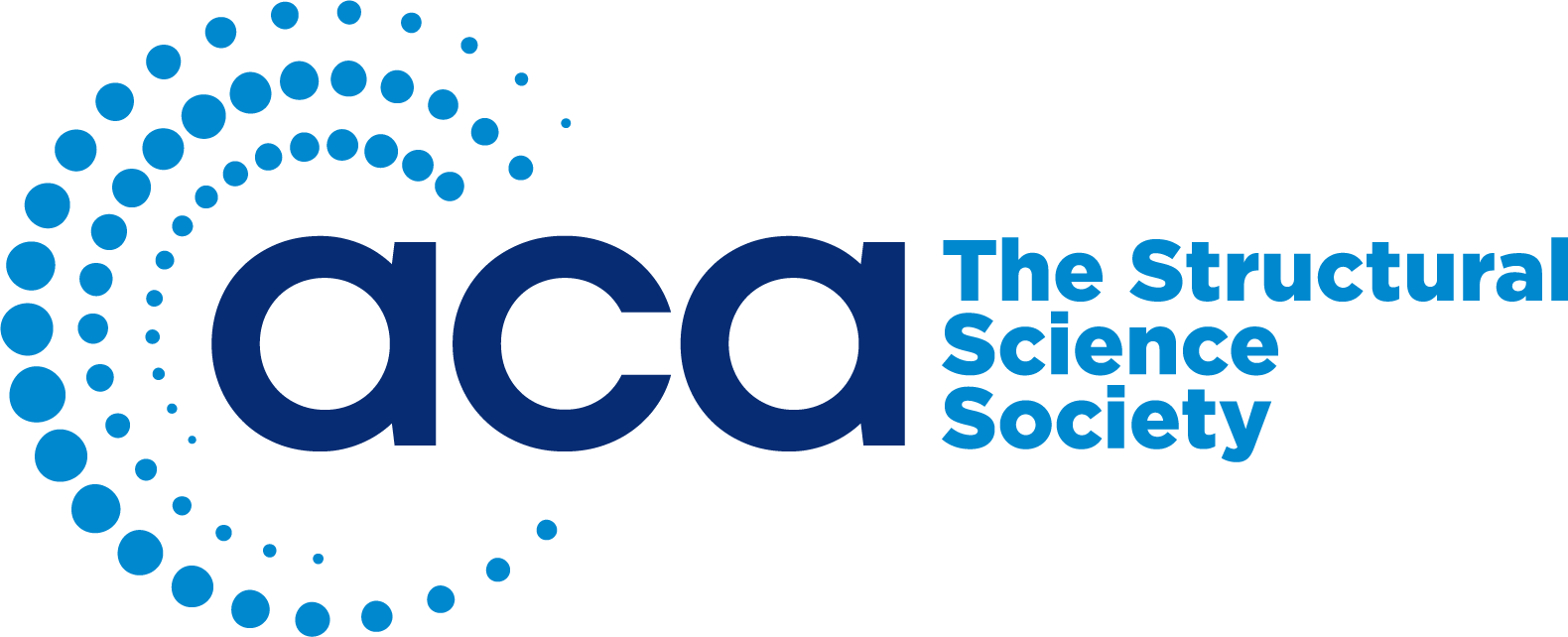
 The AL Patterson Award was established to recognize and encourage outstanding research in the structure of matter by diffraction methods, including significant contributions to the methodology of structure determination and/or innovative application of diffraction methods and/or elucidation of biological, chemical, geological or physical phenomena using new structural information.
The AL Patterson Award was established to recognize and encourage outstanding research in the structure of matter by diffraction methods, including significant contributions to the methodology of structure determination and/or innovative application of diffraction methods and/or elucidation of biological, chemical, geological or physical phenomena using new structural information.



